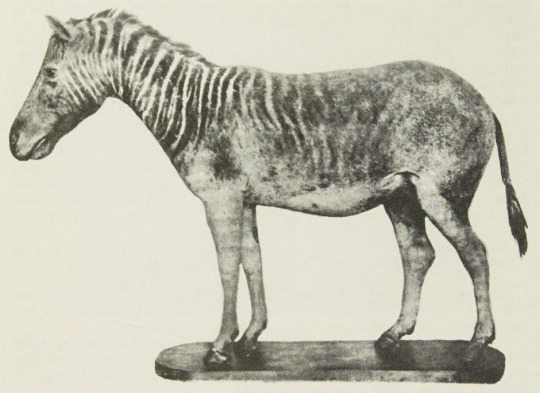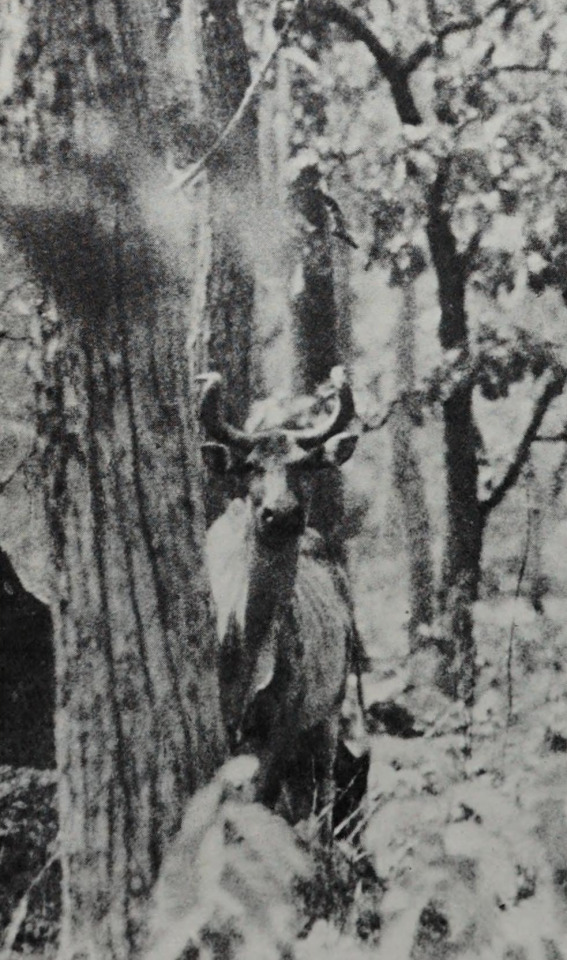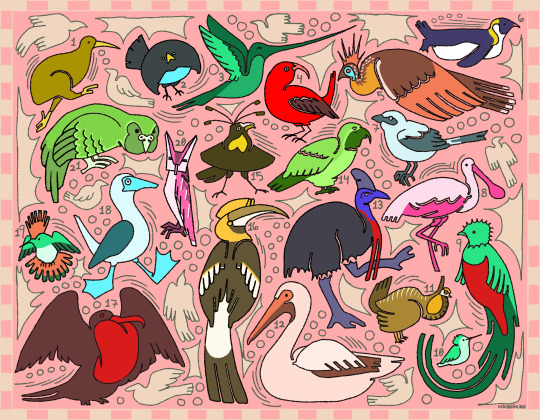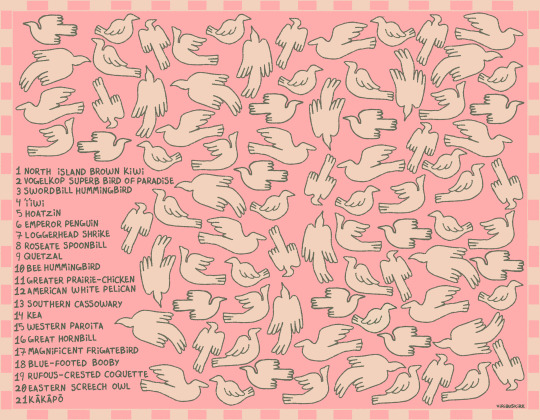Vyn🫧26✨multi fandom✨ Illustrator by trade, avian fanatic by heart.🐾LucyMoo caretakerChicken tender 🐓
Don't wanna be here? Send us removal request.
Text

Numenius borealis
Reduction relief print for Patreon members April 2025
"At one point, the Eskimo Curlew, Numenius borealis, was the most numerous shorebird in the tundra of western Canada and Alaska, and possibly the most numerous shorebird in North America. Historic reports of their migration from South America to their nesting grounds in the tundra talk of skies filled with the birds, and one report described a single flock covering an area of 40-50 acres of land in Nevada.
The Eskimo Curlew was a fairly large bird, and thus was seen as an ample food source for hunters. Between 1870 and 1890, the species was hunted relentlessly, much like the Passenger Pigeon years earlier. They made easy targets not only due to their size, but due to the tendency to travel in large flocks and their lack of fear of humans.
Despite the 1916 migratory bird act protecting the species from hunting, the population of Eskimo Curlews never recovered. Four photos of the bird exist, all taken by Don Bleitz on Galveston Island in 1962. The last individual harvested and confirmed sighting was in 1963 in Barbados. There have been a handful of supposed sightings since, but none are substantial enough to be considered more than hypothetical. The Eskimo Curlew retains the title of critically endangered and possibly extinct."
134 notes
·
View notes
Link
Just a little PSA for all our mental health (and chronic pain*) spoonies out there! A lot of doctors neglect to mention this little side effect, which means a lot of us are suffering extra from the heat without knowing why.
*Many psych meds are used to treat chronic pain as well, if you didn’t know!
33K notes
·
View notes
Text

Ectopisted migratorius
Reduction relief print for Patreon members February 2025
"The Passenger Pigeon, Ectopistes migratorius, was a species of pigeon that once flooded the skies of eastern North America. They were named for their migratory habits both in the common name and Latin; their latin name, Ectopistes migratories, translating roughly to "migratory wanderer". They migrated in enormous flocks, constantly on the search for food, shelter, and breeding grounds. They once numbered between 3 and 5 billion, and were the most abundant bird in North America, possibly on Earth. The noise produced by flocks of passenger pigeons was described as deafening and unmusical, able to be heard from miles away.
More than 130 Passenger Pigeon fossils have been found across 25 US states, with some dating as far back as 100,000 years ago in the Pleistocene Era. Evidence suggests that the Passenger Pigeon's range extended much further west than it did in modernity, but it's impossible to know their abundance in this region and time.
While always hunted by Native Americans, it wasn't until Europeans arrived in North America that the populations of Passenger Pigeons began to plummet. Due to their large numbers, the pigeons became known as a cheap food source, resulting in hunting on a massive scale for many decades. Widespread deforestation and shrinkage of large breeding populations added additional stressors on the species, and the populations slowly declined between 1800 and 1870. Between 1870 and 1890, the population dropped dramatically. The species nested in large communal nesting grounds, and hunters would often target these locations for killing. The last large nesting was in Petoskey, Michigan in 1878, where 50,000 birds were killed daily over a span of 5 months. The nesting attempt was a failure, and a second attempt by the remnants of that population were slaughtered by professional hunters before they had the chance to raise any young. After 1897, only small groups or individual birds were seen, and most often were shot on sight. The last confirmed wild bird was shot in Illinois in 1901. The combination of hunting and deforestation has been referred to a "Blitzkrieg" against the Passenger Pigeon, and it has been labeled one of the greatest and most senseless human-induced extinctions in history.
The very last living Passenger Pigeon was called Martha. She was a resident at the Cincinnati Zoo until her passing in the afternoon of September 1st, 1914. It's widely accepted that she died at about 29 years old."
301 notes
·
View notes
Text

A male Dusky seaside sparrow pictured in song, photographed by iNaturalist user ouzel701 in 1978. Less than a decade later, the subspecies would become extinct due to a combination of habitat loss and pesticide poisoning. [ x ]
39 notes
·
View notes
Text

Taxidermy quagga stallion who lived at Regent's Park Zoo from 1858 to 1864, housed at the British Museum By: Zoological Society of London From: The Empire of Equus 1974
95 notes
·
View notes
Text










Calci's Natural History Museum, University of Pisa.
Historic Gallery
Pt.2
394 notes
·
View notes
Text

No.2 of 3 pieces on endangered animals, featuring the Rapa fruit dove, and a passenger pigeon constellation
45 notes
·
View notes
Text










Extinct ∙ Remembered 🌿 By Valentino Lasso, an Illustrator, Visual Developer, and Character Designer (Lasso’s Website) (Instagram)
311 notes
·
View notes
Text

Kouprey By: Pierre Pfeffer From: The World Conservation Yearbook 1976
60 notes
·
View notes
Text
I humbly suggest that true crime freaks should get into learning about scammers instead of serial killers. I LOVE reading about fraud and grifts and pyramid schemes. true crime ppl have all this paranoid energy about murder, which is rare in the grand scheme of things.....maybe instead that could be channeled into some productive rage toward capitalism.
50K notes
·
View notes
Text




Wings of Ivory-billed Woodpecker specimen, showcasing dorsal view (top) and ventral view (bottom).
Photograph by Craig Chesek featured in The Auk, Volume 124, Issue 2, 1 April 2007, Pages 705–709, https://doi.org/10.1093/auk/124.2.705
6 notes
·
View notes
Text

Zygodactyl feet of an Ivory-billed Woodpecker specimen
4 notes
·
View notes
Text



Fragments of the spectacular marine mosaics from the baths of a Roman townhouse excavated on Via Panisperna in 1888.
8K notes
·
View notes
Text

No.3 of 3 pieces on endangered animals, featuring the addax, and a bluebuck constellation
55 notes
·
View notes





